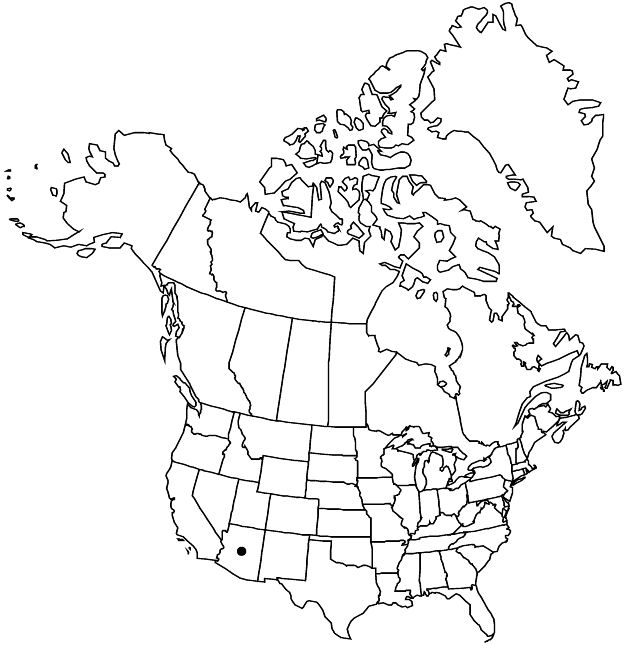Difference between revisions of "Anoda abutiloides"
Proc. Amer. Acad. Arts 22: 300. 1887.
FNA>Volume Importer |
imported>Volume Importer |
||
| (6 intermediate revisions by 2 users not shown) | |||
| Line 6: | Line 6: | ||
|place=22: 300. 1887 | |place=22: 300. 1887 | ||
|year=1887 | |year=1887 | ||
| + | }} | ||
| + | |special_status={{Treatment/ID/Special_status | ||
| + | |code=F | ||
| + | |label=Illustrated | ||
}} | }} | ||
|basionyms= | |basionyms= | ||
| Line 11: | Line 15: | ||
|name=Anoda caudatifolia | |name=Anoda caudatifolia | ||
|authority=(B. L. Robinson & Greenman) B. L. Robinson & Greenman | |authority=(B. L. Robinson & Greenman) B. L. Robinson & Greenman | ||
| − | }}{{Treatment/ID/Synonym | + | |rank=species |
| + | }} {{Treatment/ID/Synonym | ||
|name=A. urophylla | |name=A. urophylla | ||
|authority=L. Riley | |authority=L. Riley | ||
| + | |rank=species | ||
}} | }} | ||
|hierarchy=Malvaceae;Malvaceae subfam. Malvoideae;Anoda;Anoda abutiloides | |hierarchy=Malvaceae;Malvaceae subfam. Malvoideae;Anoda;Anoda abutiloides | ||
| Line 29: | Line 35: | ||
|elevation=1000–1500 m | |elevation=1000–1500 m | ||
|distribution=Ariz.;Mexico (Chihuahua;Jalisco;Sinaloa;Sonora). | |distribution=Ariz.;Mexico (Chihuahua;Jalisco;Sinaloa;Sonora). | ||
| − | |discussion=<p>Anoda abutiloides is found in Pima and Santa Cruz counties.</p> | + | |discussion=<p><i>Anoda abutiloides</i> is found in Pima and Santa Cruz counties.</p> |
|tables= | |tables= | ||
|references= | |references= | ||
| Line 52: | Line 58: | ||
|publication title=Proc. Amer. Acad. Arts | |publication title=Proc. Amer. Acad. Arts | ||
|publication year=1887 | |publication year=1887 | ||
| − | |special status= | + | |special status=Illustrated |
| − | |source xml=https:// | + | |source xml=https://bitbucket.org/aafc-mbb/fna-data-curation/src/2e0870ddd59836b60bcf96646a41e87ea5a5943a/coarse_grained_fna_xml/V6/V6_805.xml |
|subfamily=Malvaceae subfam. Malvoideae | |subfamily=Malvaceae subfam. Malvoideae | ||
|genus=Anoda | |genus=Anoda | ||
Latest revision as of 22:23, 5 November 2020
Subshrubs, branching principally in inflorescence, 1 m. Stems erect, with simple hairs 0.5–1 mm and shorter glandular hairs. Leaves: petiole subequal to blade or shorter upward, with simple hairs 0.5–1 mm and shorter glandular hairs; blade concolorous, broadly ovate, gradually reduced and narrower upward, to 12 cm, membranous, base cordate, margins dentate, apex acuminate, surfaces minutely tomentose. Inflorescences usually panicles. Pedicels 1–5 cm. Flowers: calyx 5–7 mm, lobes with dark midrib, apex ± acuminate, tomentose; petals pale yellow, drying reddish, 10 mm, prominently bearded on claw; staminal column with recurved hairs; style 5-branched; stigmas glabrous. Schizocarps 6 mm diam., minutely hairy; mericarps 5, dorsally rounded. Seeds without enclosing endocarp. 2n = 30.
Phenology: Flowering spring–fall.
Habitat: Dry, open shrublands
Elevation: 1000–1500 m
Distribution

Ariz., Mexico (Chihuahua, Jalisco, Sinaloa, Sonora).
Discussion
Anoda abutiloides is found in Pima and Santa Cruz counties.
Selected References
None.
